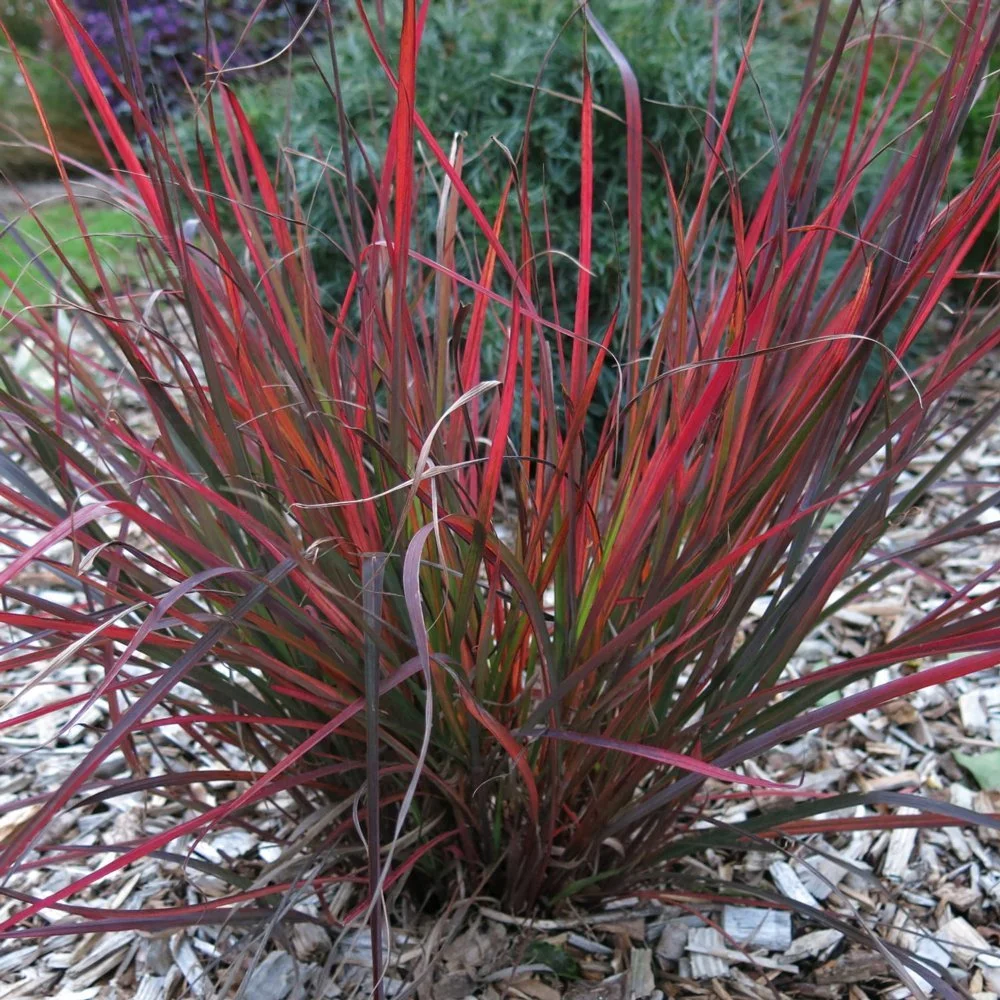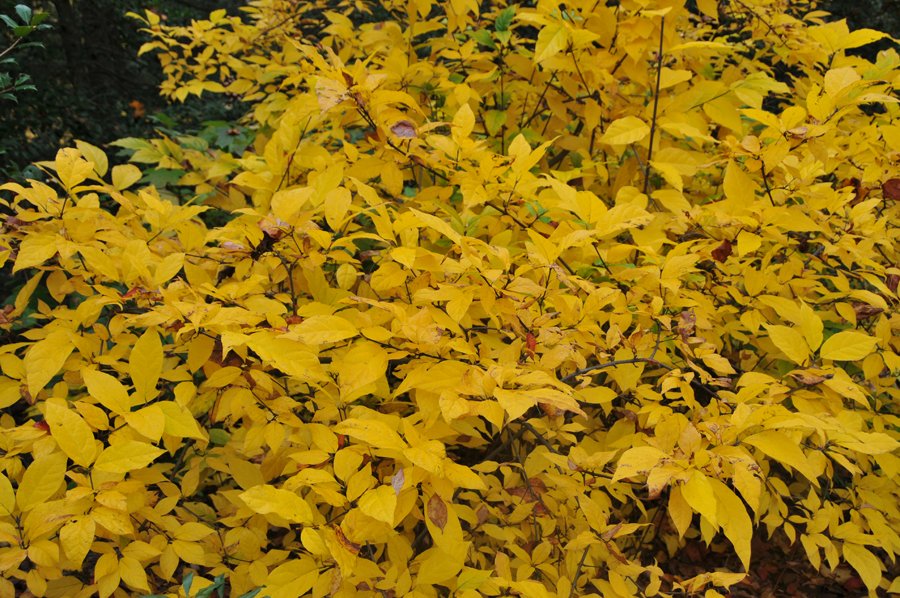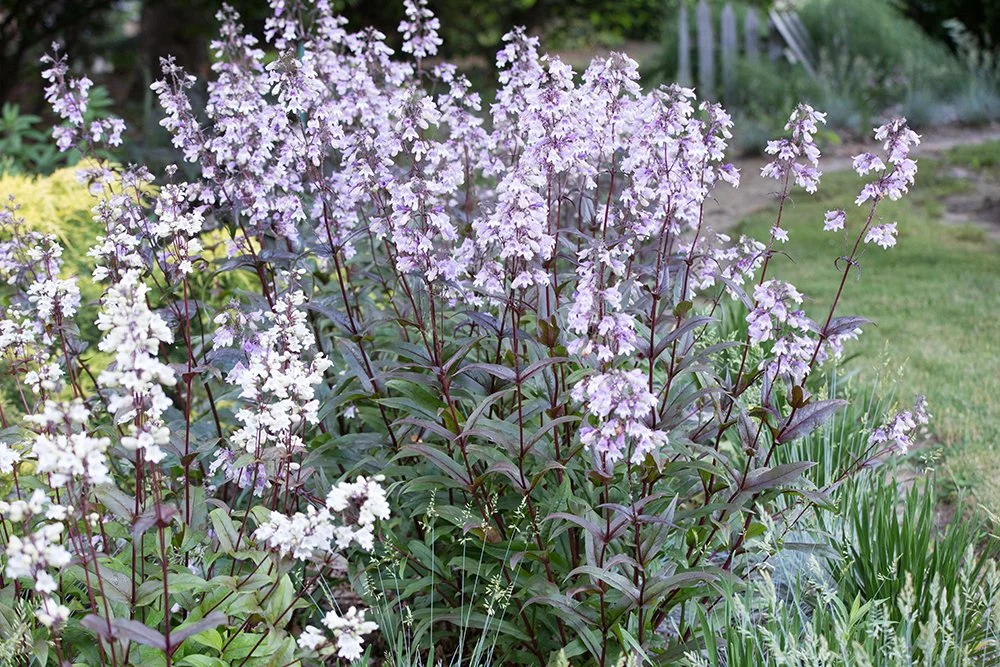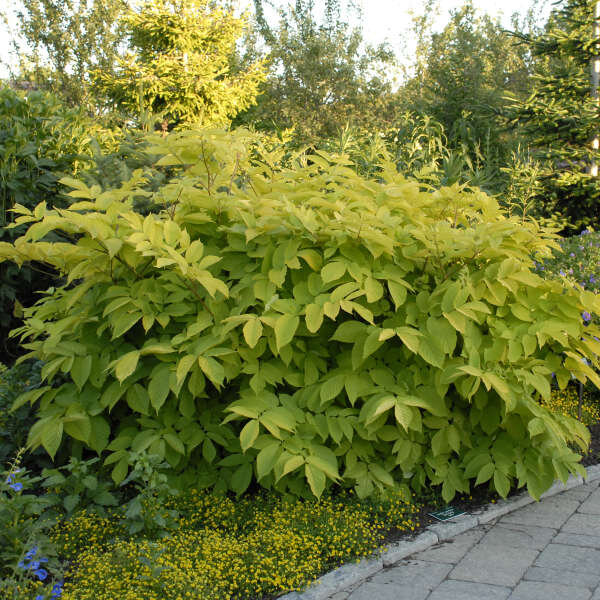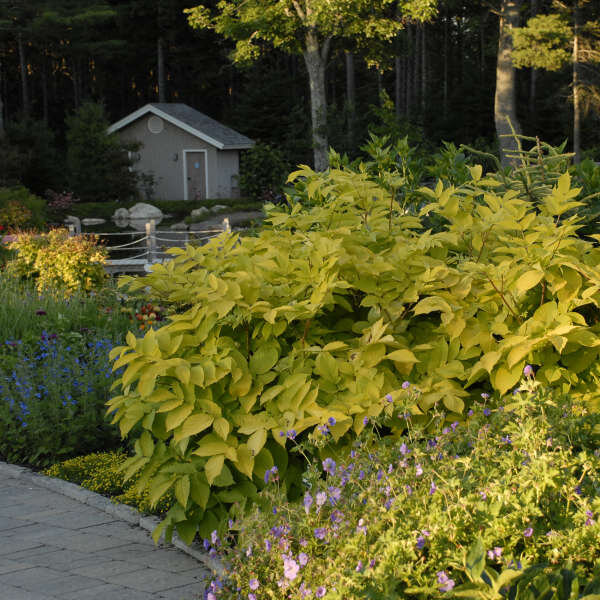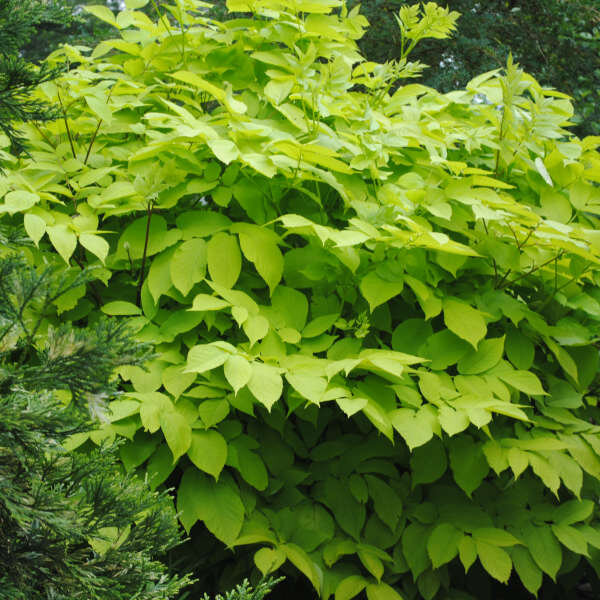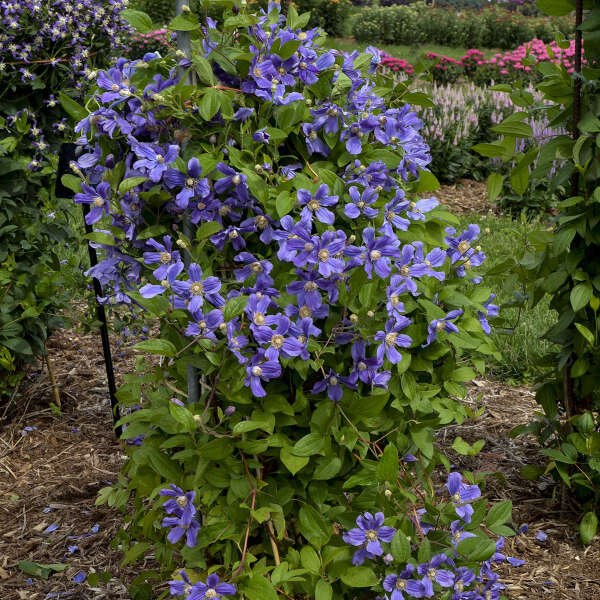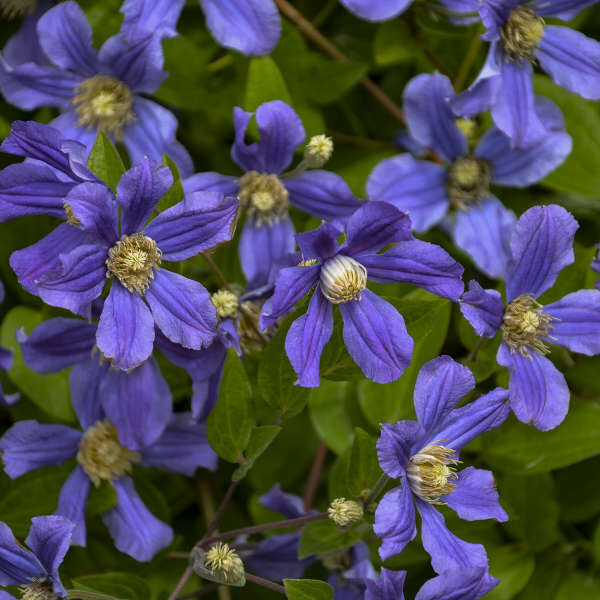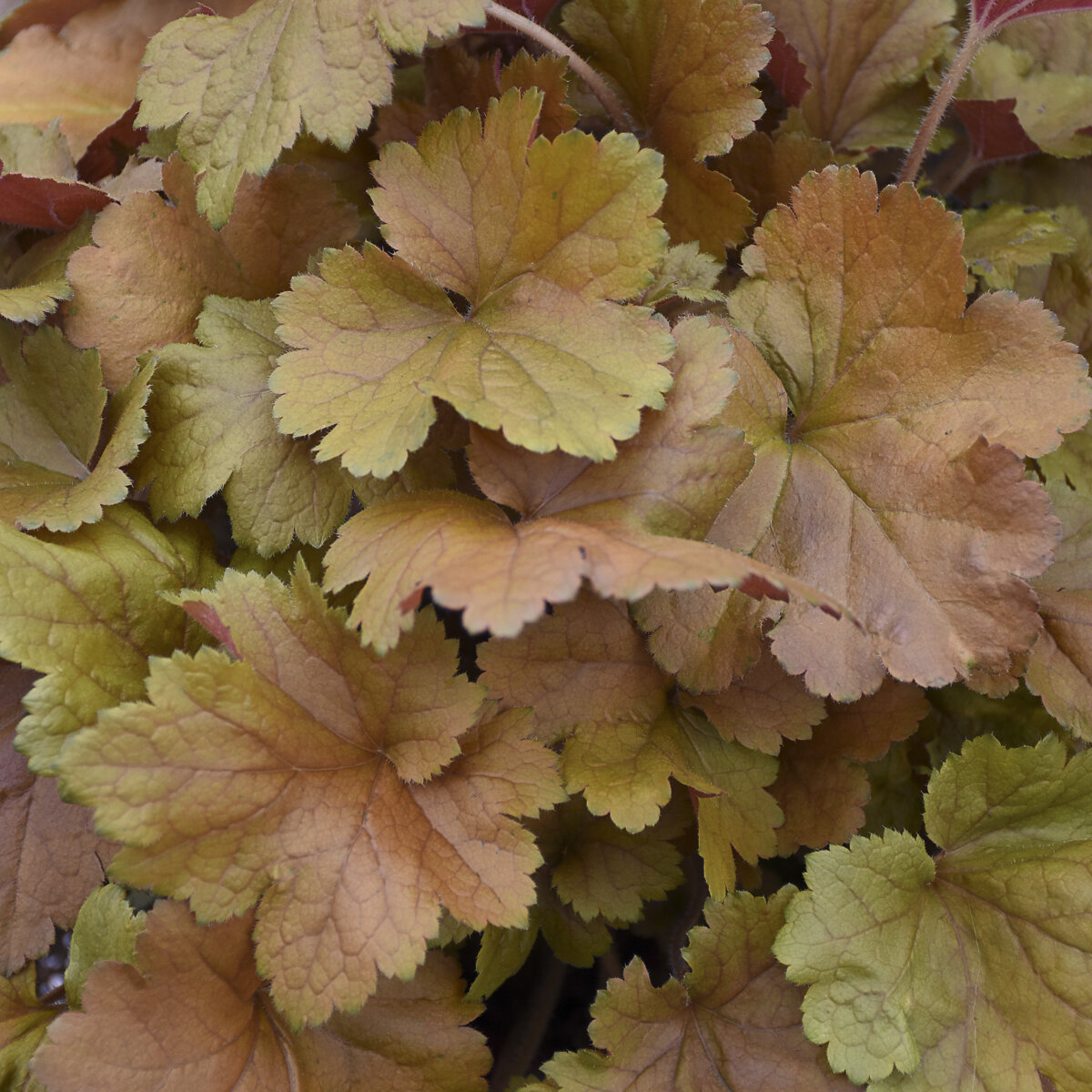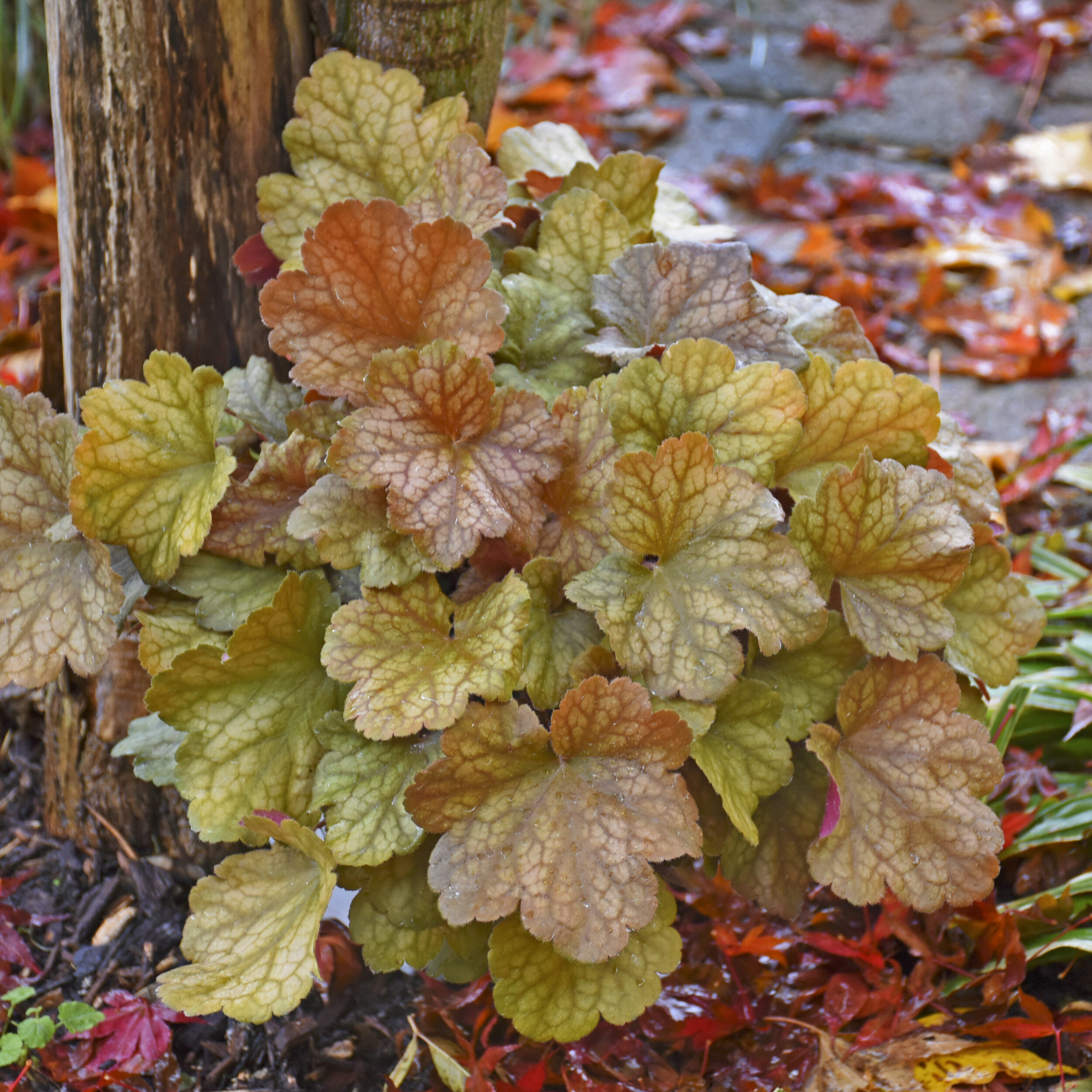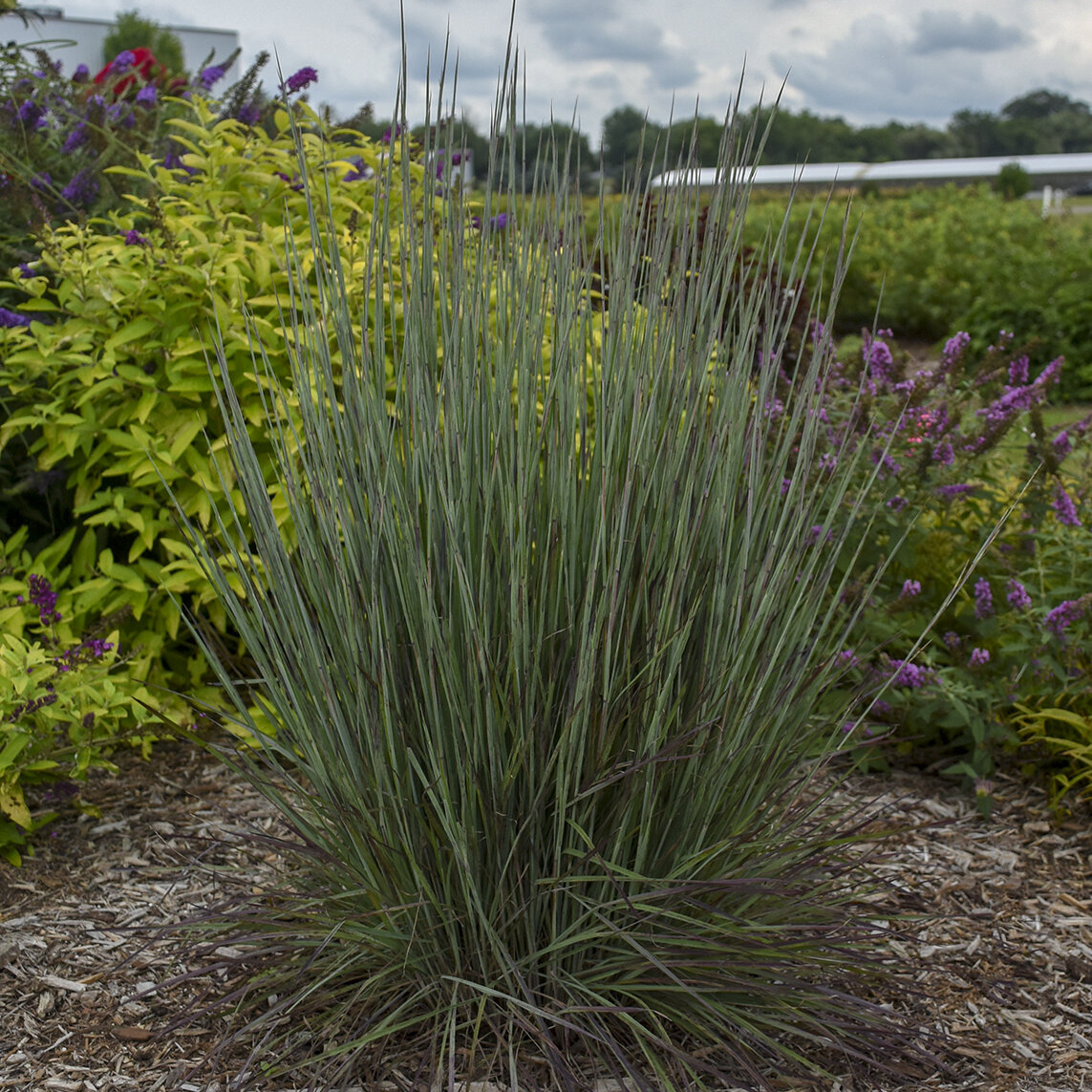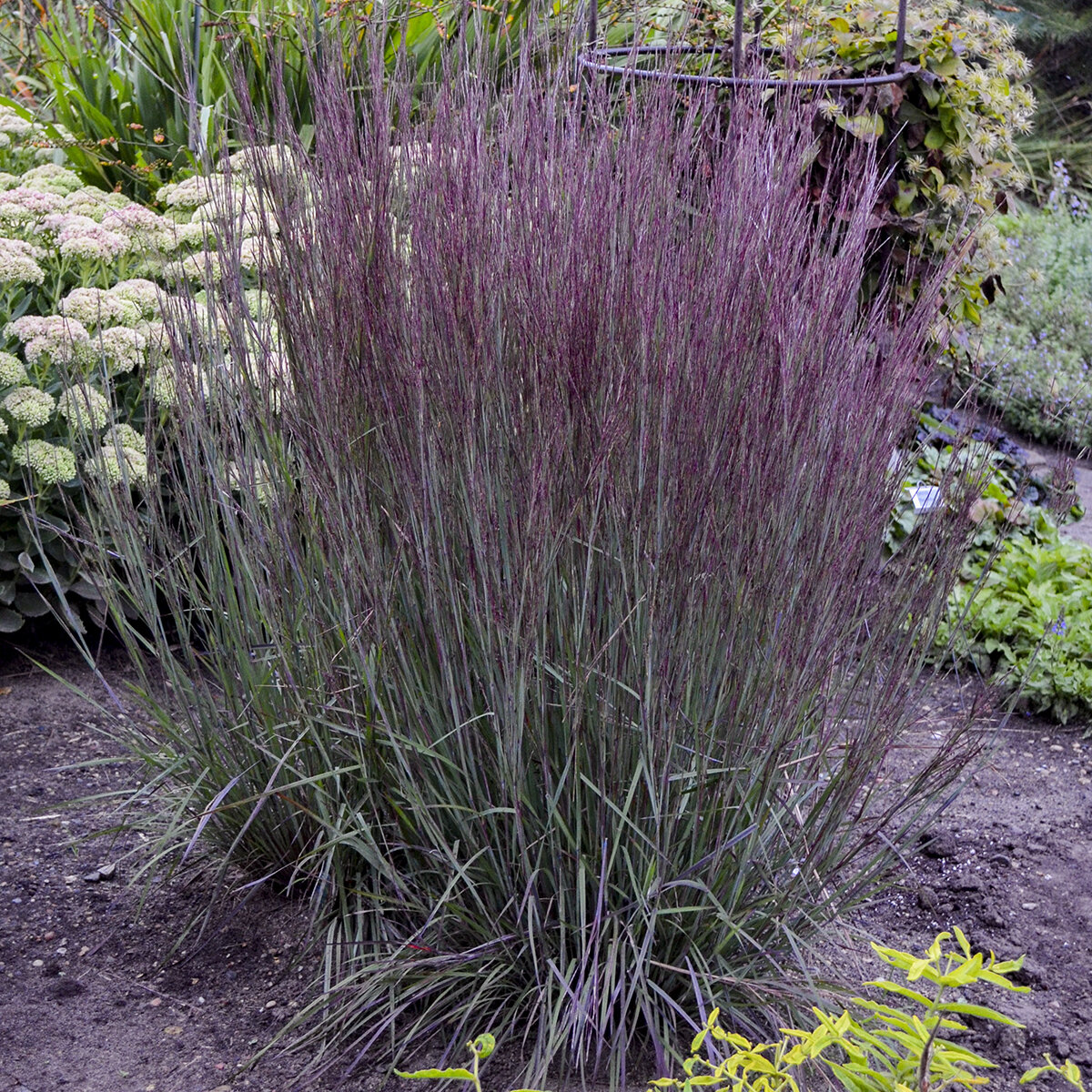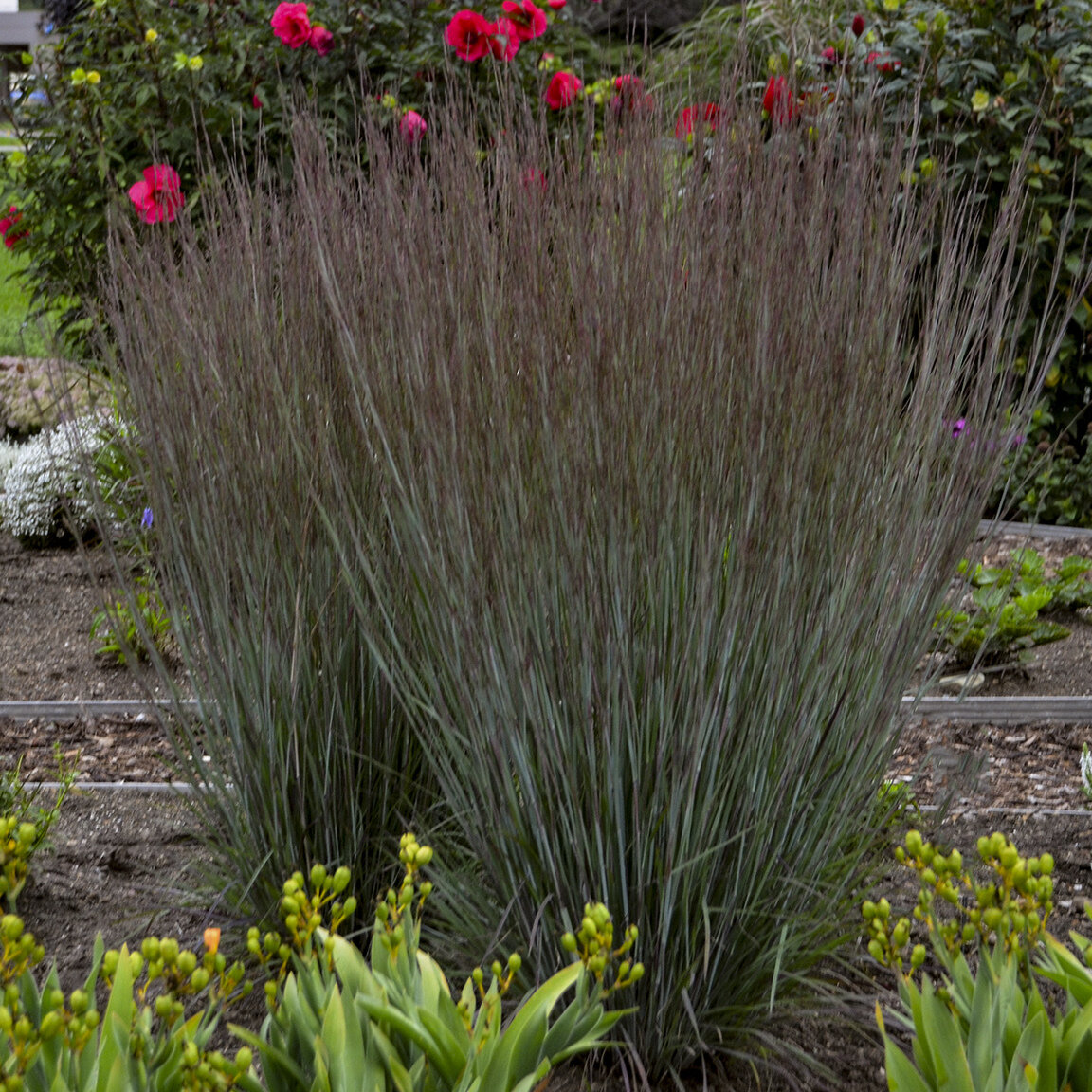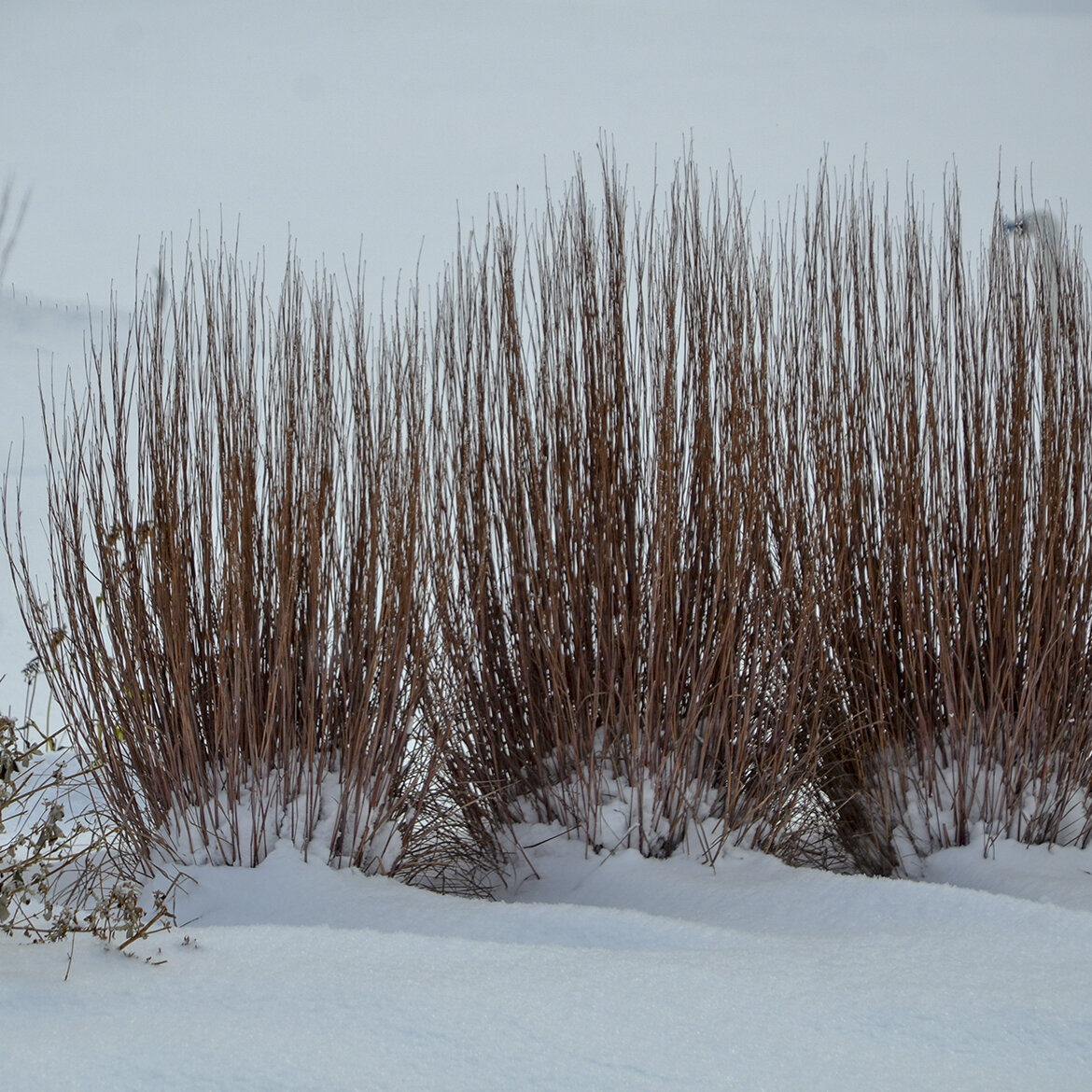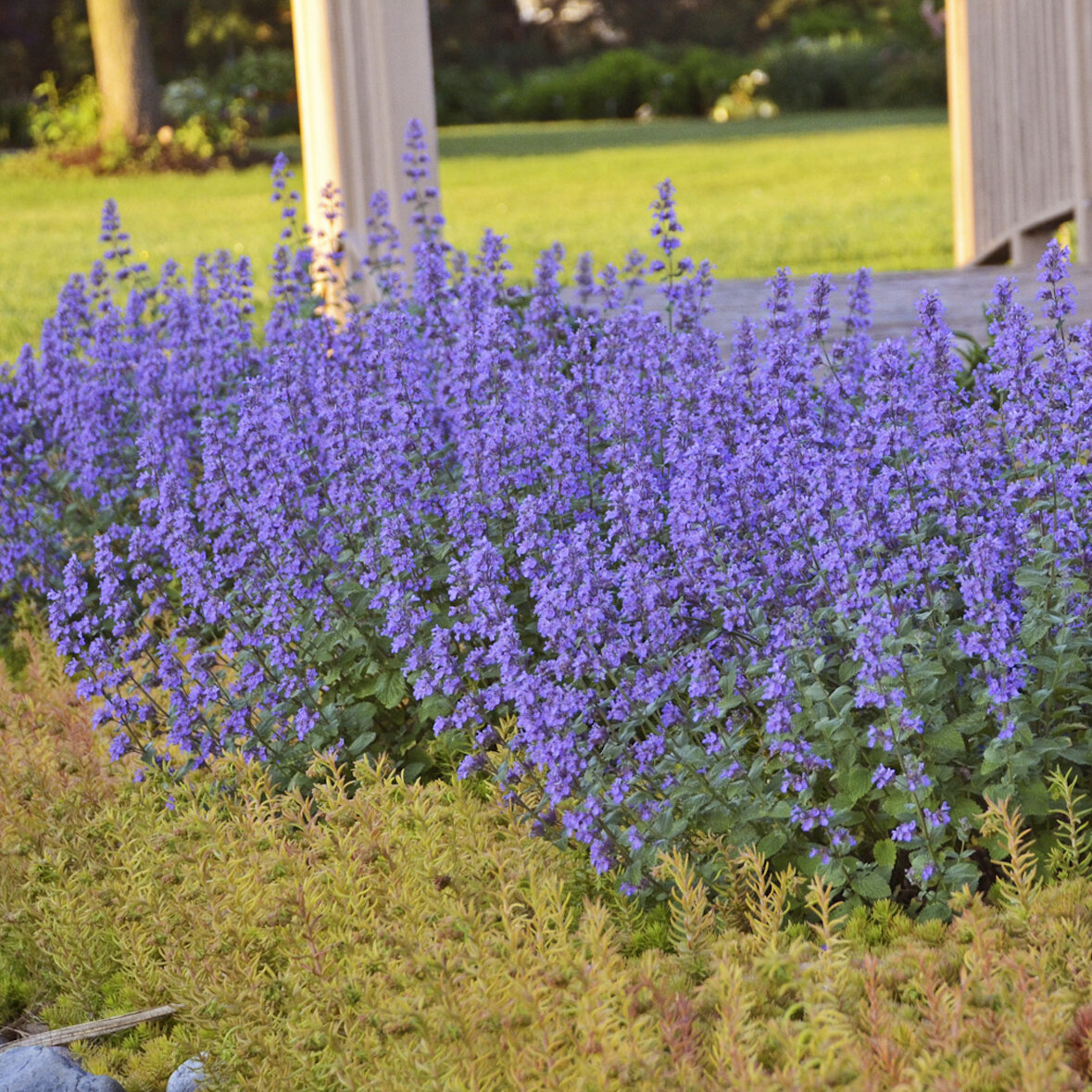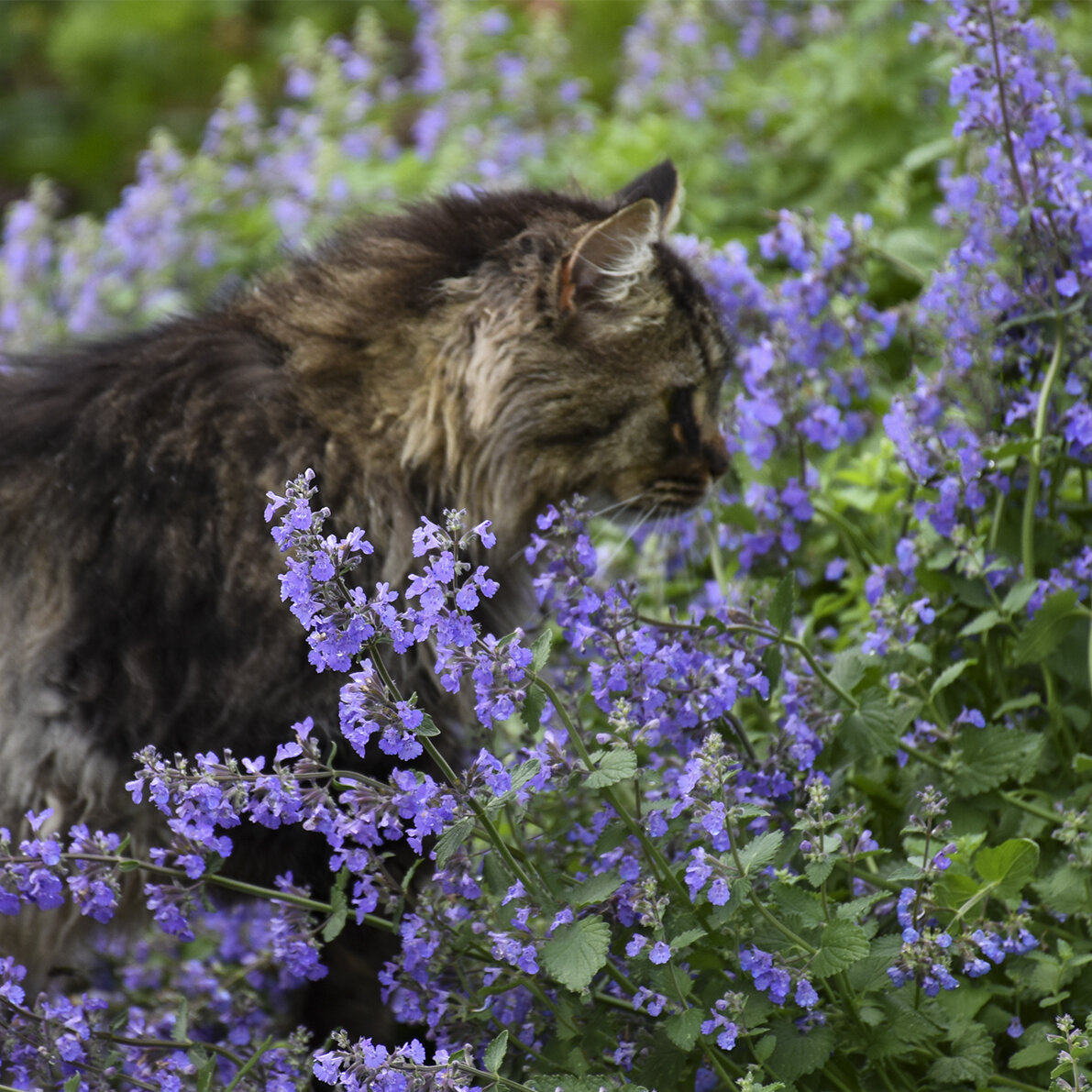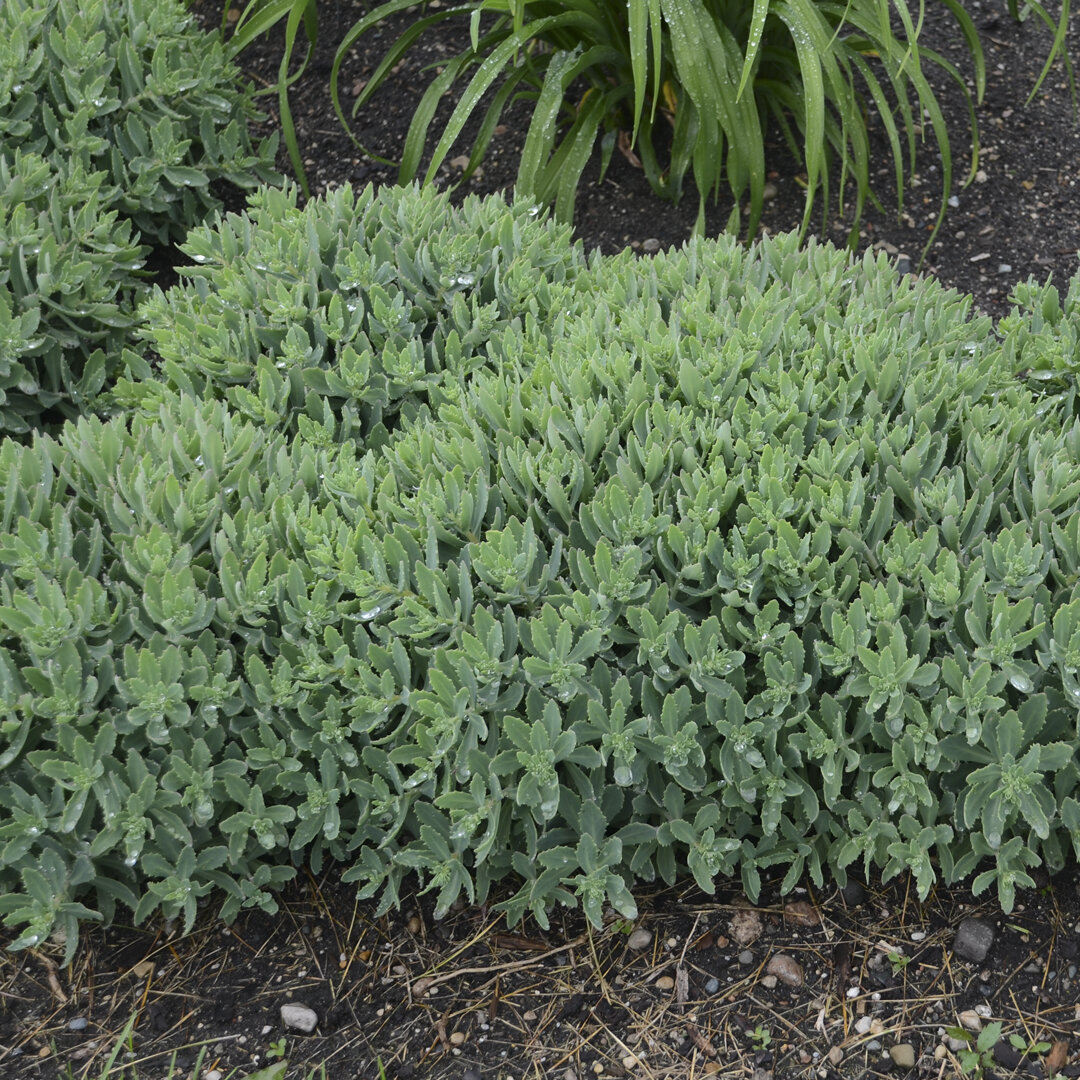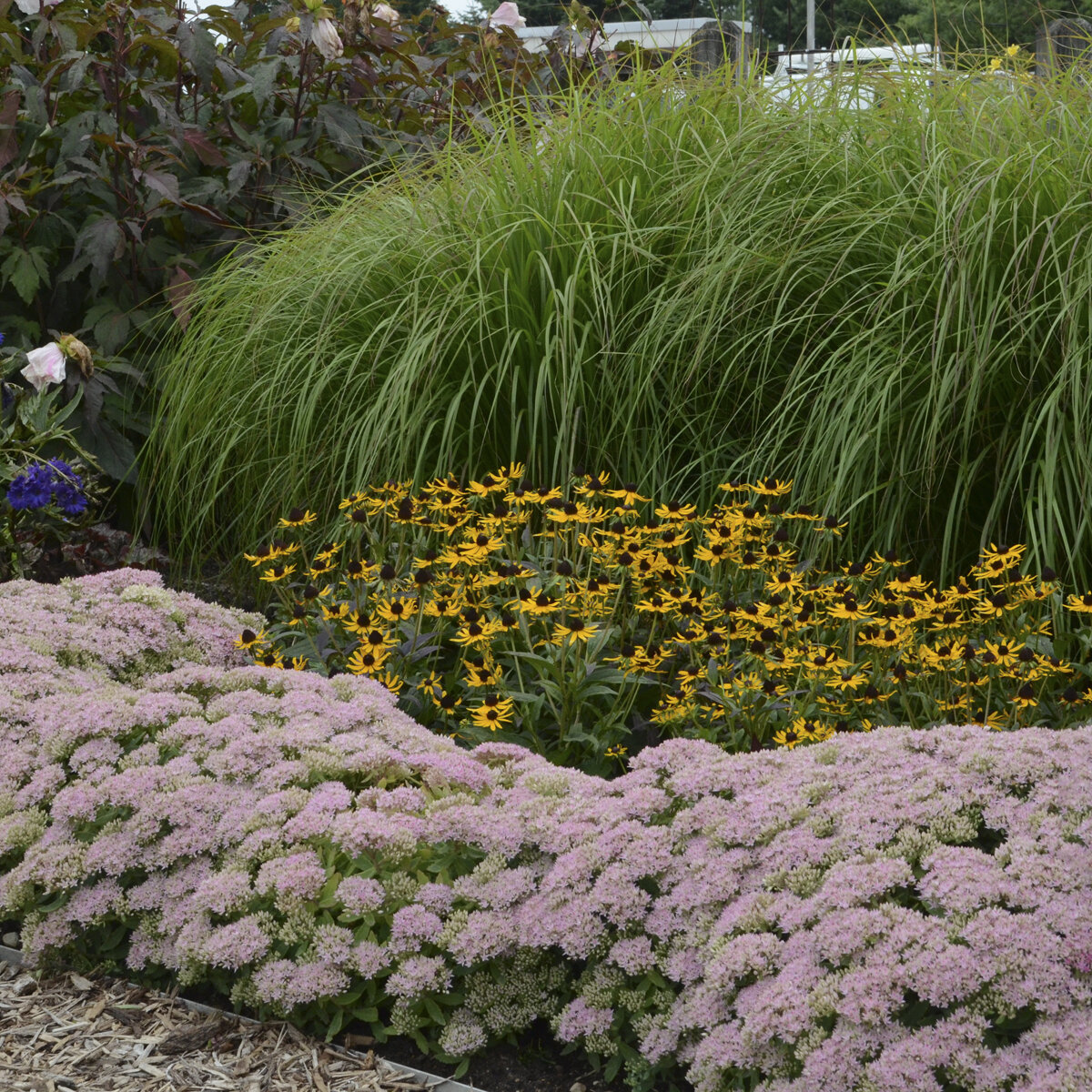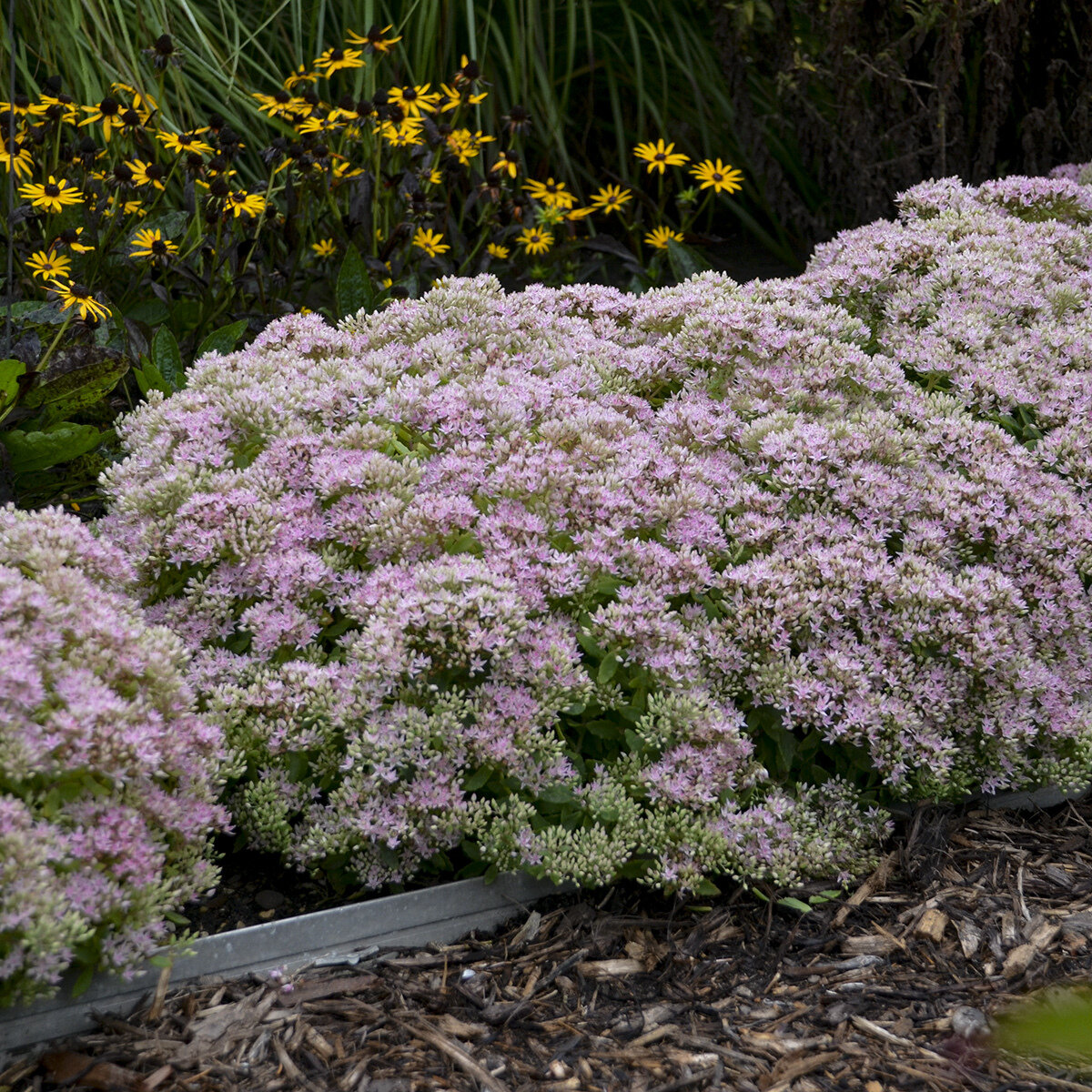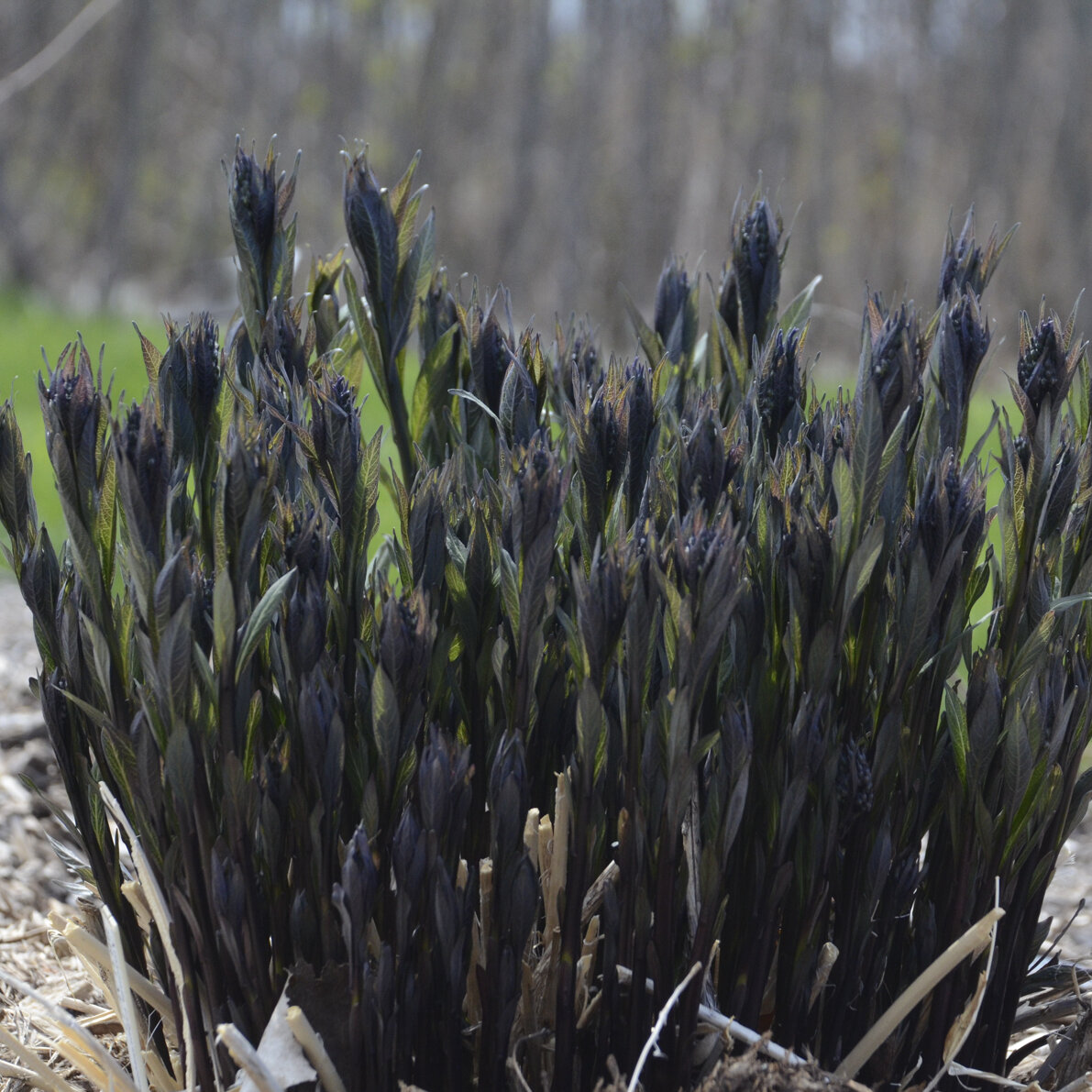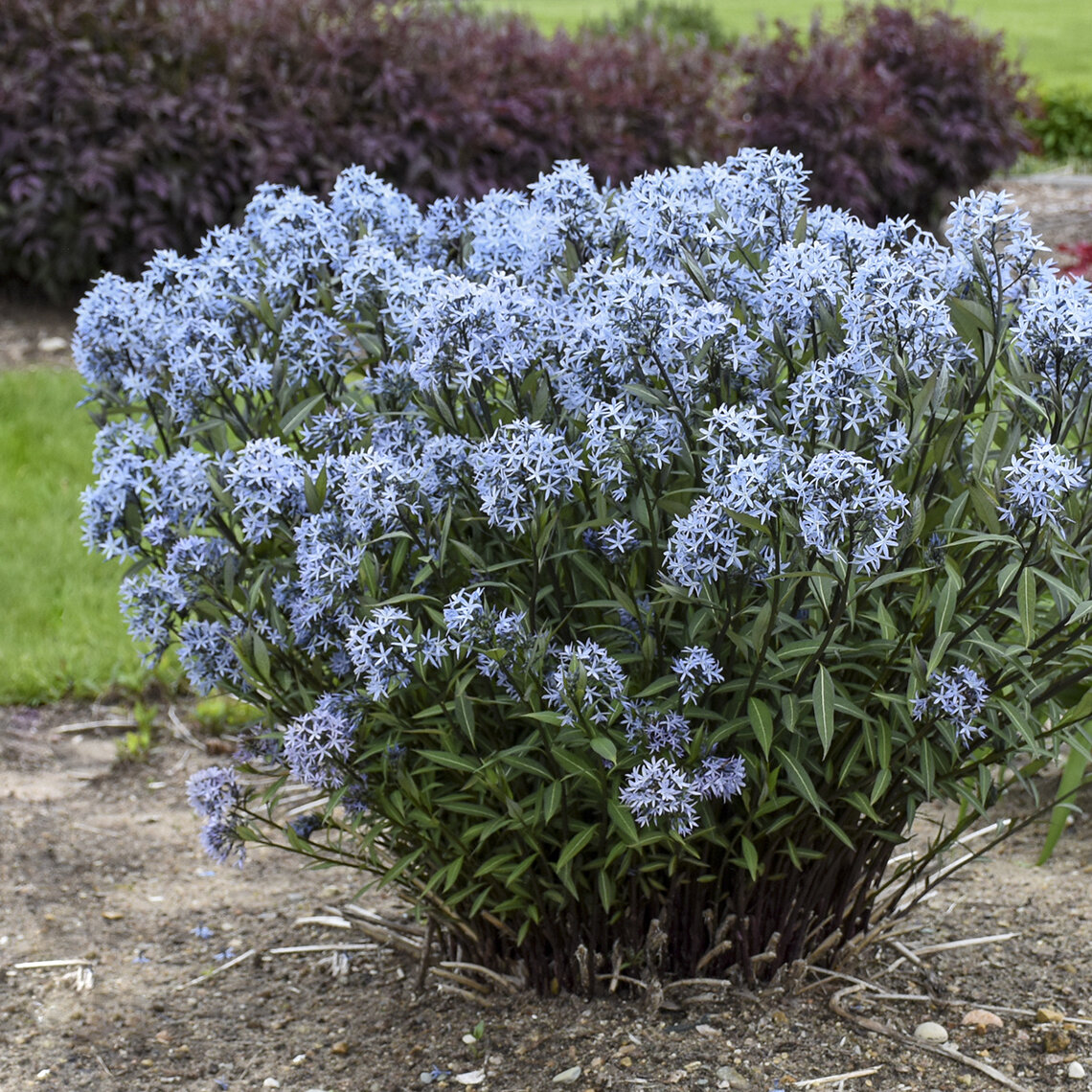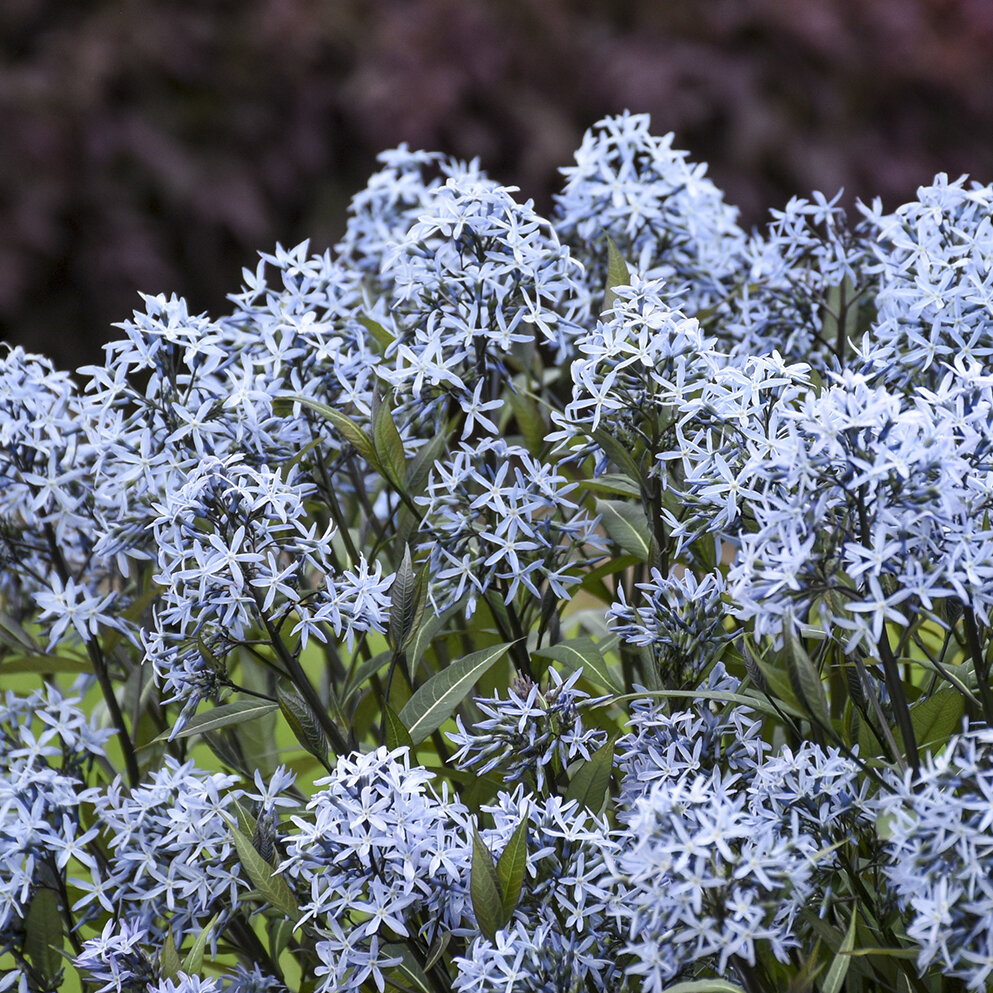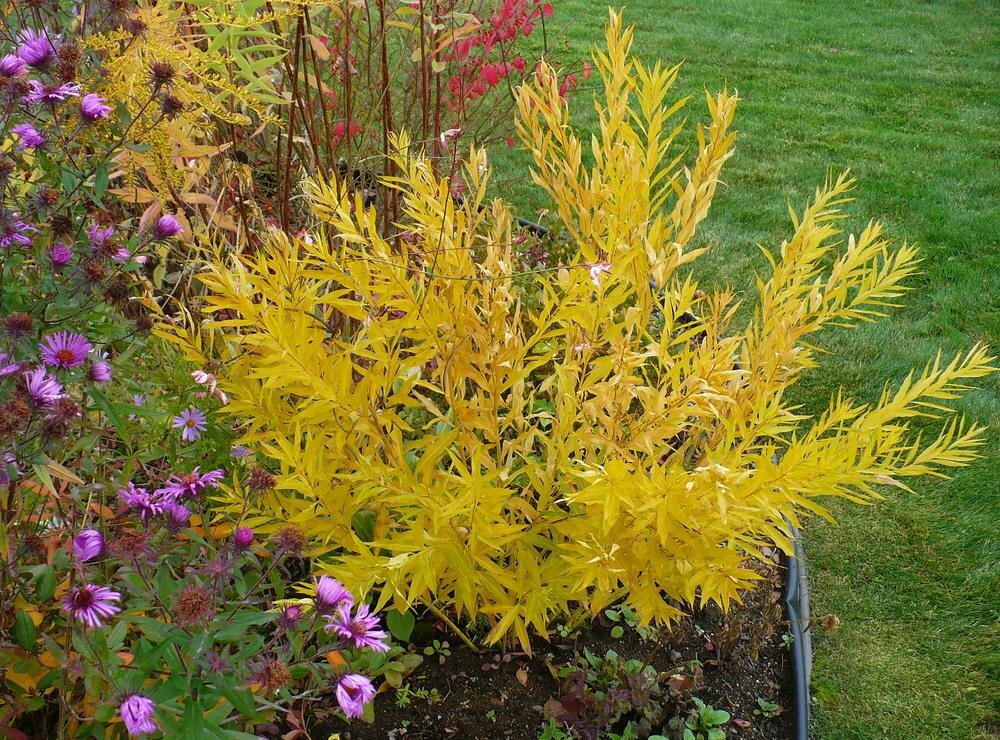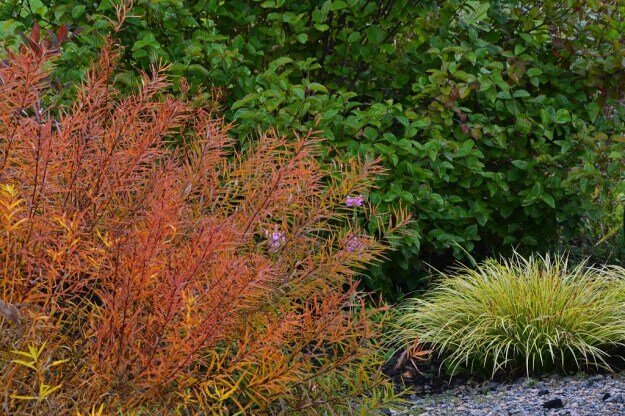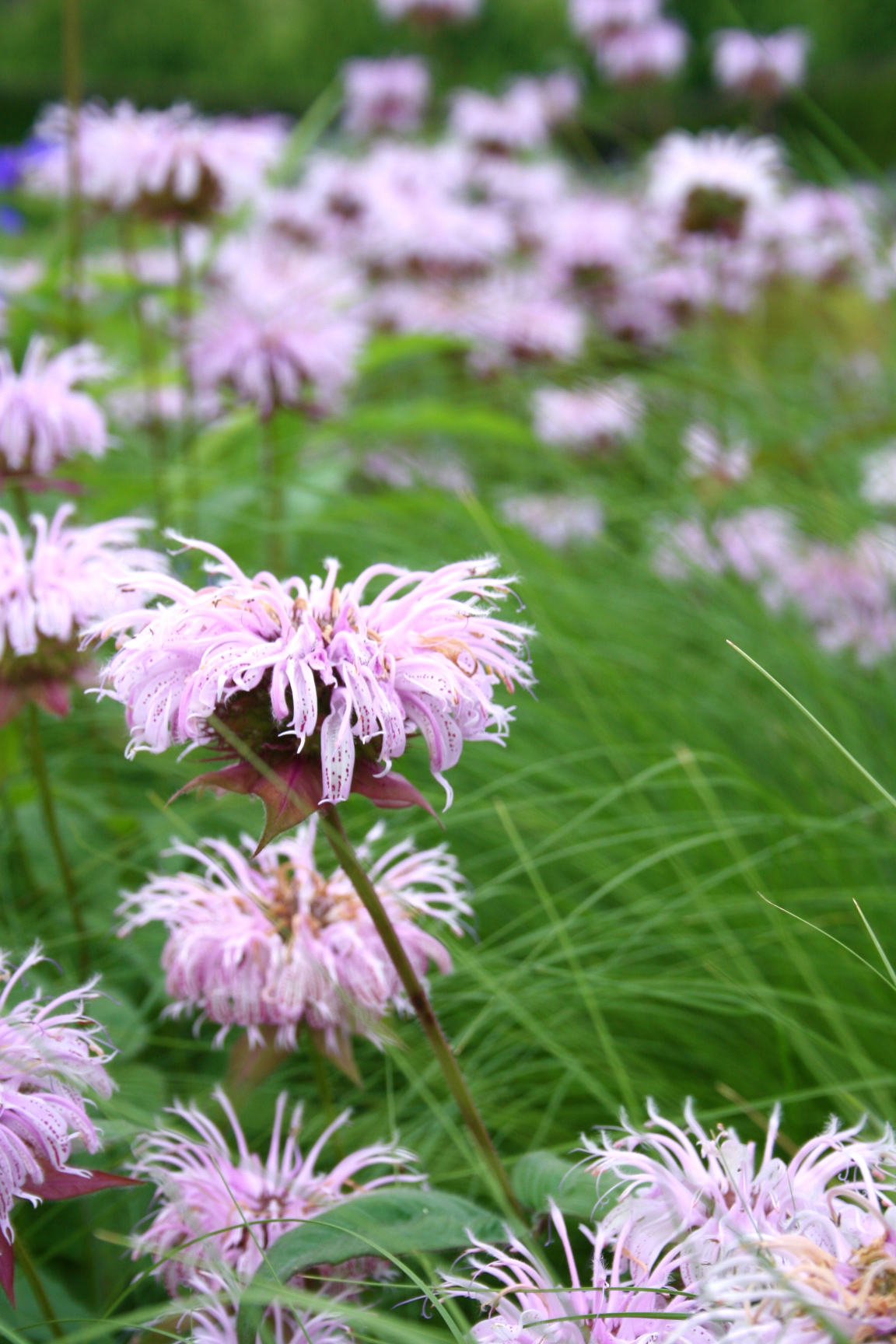I was wrong.
In the summer of 2020, there seemed to be room for optimism about the trajectory of the pandemic - that’s reflected in my last post in July 2020 - which was emotional and hopeful and high-minded. Then the Delta variant came along and another COVID-19 wave started to spread through the country and the world. 2020 ended in the midst of a surge and in 2020 there had been more than 350,000 deaths in the US; close to 2 million deaths worldwide.
The year 2021 started with great hopes about the ability of the SARS-CoV2 vaccines to change the playing field. They were produced and tested in record time using cutting-edge technology. As the supplies rolled out, more and more people became eligible for the vaccine, finally including those 65 and older. Me. But the year 2021 also started with the January 6th insurrection at the US Capital. Armed, savage individuals over-ran the Capital Police, beating them with flagpoles and anything else that was at hand. Yelling, bulling and bashing their way in, moving through the halls trying to find House or Senate members whom they seemed ready to kill. Faces of hatred. Their goal was to stop the election from being certified. As the insurrection was investigated throughout the course of the year, it became clear how very close they came to doing just that.
Just before Thanksgiving, the Omicron variant came out of nowhere - it’s not a variant of Delta and has a lot of unexpected mutations. Its immune evasion is said to be unprecedented. Within weeks it had become the dominant variant in many parts of the country. It’s more highly transmissible than Delta, but its overall effects vis-a-vis serious illness and death seem to have been moderated by vaccination and booster shots. Both vaccinated and unvaccinated people are contracting the Omicron variant. People who are unvaccinated make up the majority of hospitalizations and deaths, but fewer seem to need ICU-level care.
People are still dying. As of December 10, 2021, there were an additional 405,769 deaths in the US, bringing the total number of US deaths since the start of the pandemic to 791,130.. More than 5 million deaths worldwide. Our society is more divided than ever. So much for my pollyanna-ish sentiments from the summer.
But this blog is not about politics, its about plants. There was a lot of interest in landscaping in 2021 because so many people had worked from home for so long that they needed their outdoor spaces to be “refreshed”. “Planting for pollinators” was included in what everyone had on their wish lists. Thank-you Doug Tallamy! I installed one garden that I then registered as a “Home Grown National Park” - embracing his concept wholeheartedly. Every garden I design going forward will (hopefully) have that as part of the “design intent” - or why else would they hire me?
The season was a bit of an uphill slog - labor shortage, stone shortage, wood shortage, paver shortage, plant shortage. Having to go to 5 different nurseries to collect plants for any given job. For quite a number of the fall jobs, we did the removals and masonry parts of the job and left the spaces “ready to plant” in hopes that in 2022 plants would be easier to find.
Here are some of the plants that I used for the first time in 2021 that I love:
Andropogon gerardii ‘Red October’
‘Red October’ fall color
Calycanthus floridus
Calycanthus fall foliage color
Penstemon digitalis ‘Pochahontas’ flowers
Salvia lyrata
